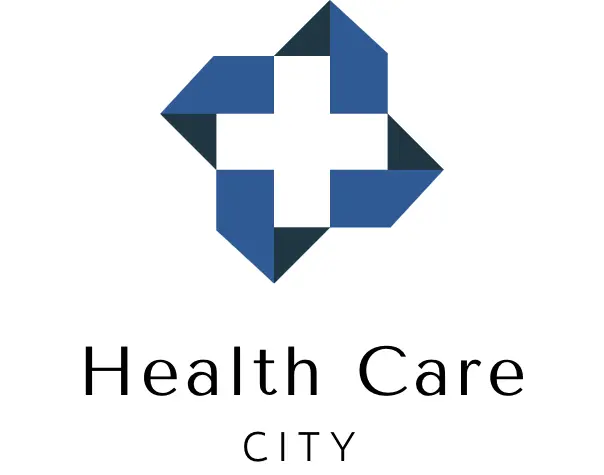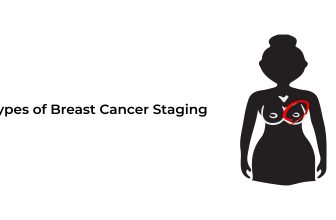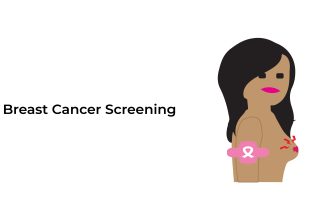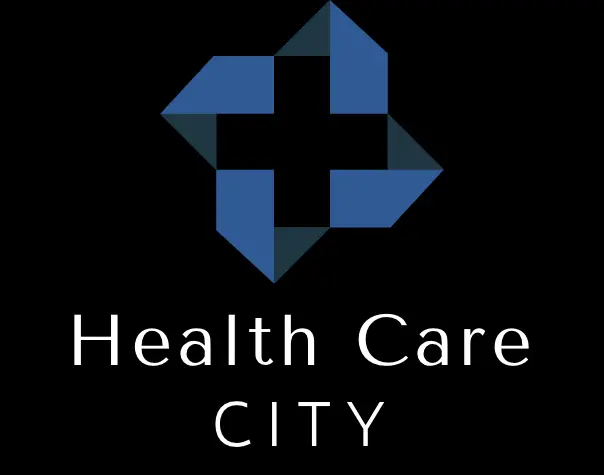In Breast cancer, cells grow uncontrollably in the breast area, creating a mass tissue called a tumor in the breast. It is the second most common type of cancer after skin cancer. It occurs both in men and women, but primarily women are more effects by this disease.
Due to research funding and breast cancer awareness, diagnosis and treatment in its early stages can be possible. Early detection and treatment decrease the death rate and increase the patient’s survival rate.
Breast Cancer Types
Some of the types are the following:
Dual carcinoma
Dual carcinoma is a common type of breast cancer that begins within cells that line the milk ducts; these cells carry the breast milk to the nipple.
Dual carcinoma has two types:
- Invasive ductal carcinoma (IDC): Invasive ductal carcinoma is the primary reason behind 90% of invasive breast cancer in men and 80% in women. IDC starts in the milk duct cells and further grows through the duct walls surrounding the breast tissues and then spreads from the chest to other parts of the body.
- Ductal Carcinoma in Situ (DCIS): Ductal Carcinoma in Situ (DCIS) (intraductal carcinoma) is a noninvasive carcinoma that develops and remains inside a milk duct in the breast.
Invasive lobular carcinoma
It is the second most common type of breast cancer, responsible for 10 to 15% of all breast cancers. It starts from the breast’s milk glands (lobules) and spreads to the tissues surrounding the breast.
Inflammatory breast cancer
This rare type accounts for 1 to 5% of all breast cancer. It is considered an infection in the breast and accrued when the lymphatic vessel is blocked by cancer cells in the breast’s skin. Due to this blockage, breast skin looks swollen, red, and inflamed.
Triple-negative breast cancer
It is invasive, responsible for 15% of all breast cancer, and cannot be treated easily. There isn’t any receptor-like estrogen or progesterone in triple-negative breast cancer, and there isn’t any extra protein HER2 protein present in it; that’s why it is known as triple-negative breast cancer.
Phyllodes tumors
Phyllodes tumor is a rare type that starts in connective tissues of the breast known as the stroma. It is most commonly found in women over forty and is responsible for less than 1% of all breast cancers.
Mucinous carcinoma
Mucinous carcinoma is invasive breast cancer that usually starts in the internal organ and creates mucin. The abnormal cells float in mucin, and mucin becomes a part of the tumor. Mucinous carcinoma is responsible for approximately 2% of breast cancers.
Lobular carcinoma in situ(LCIS)
Lobular carcinoma in situ(LCIS) is a rare type of breast cancer in which abnormal cell growth starts in lobules (milk-producing glands of the breast) but then invades the walls of lobules.
Metastatic breast cancer
It begins in the breast, but when the cancer cells in the breast break out from the primary tumor, they enter the bloodstream or lymphatic system.
Paget disease of the nipple
It starts in the ducts of the nipple, and over time, it also affects the skin and the areola of the nipple. It causes burning, itching, or inflammation around the nipple.
Angiosarcoma
Angiosarcoma is a cancer that is rare in type and starts in blood vessels’ inner lining and lymph vessels. This cancer can occur in anybody, but it usually occurs in the breast, spleen, liver, and skin.
Male breast cancer
This is most common in females, but men also suffer from this problem in rare cases. Males don’t have breasts, but they have breast tissues, and cancer cells develop and spread throughout the body. Male breast cancer develops in men, usually at an older age, and gynecomastia is the most common male breast disorder.
Medullary carcinoma
Medullary carcinoma occurs due to abnormal cell growth in thyroid glands, and it develops in the cells that release the calcitonin hormone. It is usually diagnosed through a mammogram because it does not feel like a lump in the breast but, in some cases, feels like a spongy change in the breast tissues.
Causes of Breast Cancer
It is usually caused when cells present in the breast begin to grow abnormally, ultimately resulting in cancer tumors. Some hormonal, lifestyle, environmental, and genetic factors are the reason behind breast cancer, but the actual cause behind this disease is still unknown.
Some people have all that risk factors, but breast cancer does not develop in them; on the other hand, some don’t have any risk factors, but still, breast cancer develops in them. Environment and the complex interaction of genetic makeup may be the primary cause of breast cancer disease.
Symptoms of Breast Cancer
Some symptoms are the following:
- A lump breast or thickening in the breast that seems different from the surrounding area.
- Pain in the breast.
- Swelling in a specific part or whole breast.
- Discharge of any other fluid from the nipple of the breast rather than breast milk.
- Discharge of blood from the nipple.
- Uneven change on the skin over the breast.
- Dimpling at a particular area of the breast.
- A newly inverted nipple.
- Rashes or redness on the skin of the breast.
- Noticeable changes in shape and size of the breast.
- Scaling, crusting, peeling, or flaking of breast skin, especially on the pigmented area surrounding the nipple.
Diagnosis of Breast Cancer
During diagnosis, the doctor will ask several questions about medical history, family history, and current symptoms.
To check the abnormalities of tests, the health care provider will recommend the following tests:
1. Mammogram
A mammogram tool detects the changes and abnormalities in the patient’s chest. Mammography is helpful in breast cancer detection and treatment.
2. Ultrasonography
In this procedure, high-energy sound waves are used to picture tissues present in the breast. It is helpful in the diagnosis of breast lumps and abnormalities.
3. Magnetic resonance imaging(MRI)
During this test, magnets and radio waves are used to get a clear image of the inner part of the breast for the complete diagnosis of the disease.
4. Positron emission tomography(PET) scanning
PET scanning is a technique used to detect cancer at its early stage. During this process, the doctor injects special dyes into the veins to highlight the suspicious area and take images with the help of a scanner. This process helps diagnose disease.
If the doctor finds anything suspicious during testing, he may recommend a biopsy of breast tissues for further testing and disease diagnosis.
Treatment of Breast Cancer
Many procedures help treat this cancer, such as surgery, radiation therapy, chemotherapy, targeted drug therapy, hormone therapy, and immunotherapy. Several factors are involved in treating this disease, such as the size and location of the tumor, other lab test results, and the spread of cancer to other parts of the body.
Methods to treat breast cancer disease are the following:
Surgery
In breast cancer surgery, the surgeon will remove the cancerous portion of the breast with some part of the normal tissues surrounding the tumor. There are different types of surgeries used for the removal of breast cancer, and some of them are the following:
Lumpectomy
A lumpectomy is a surgery used for the treatment of breast cancer. During this process, the doctor will remove the tumor plus a small margin of healthy breast tissues to remove cancer from the body permanently; after a lumpectomy, people will also have to undergo radiation therapy for weeks.
Mastectomy
Mastectomy is a surgical process in which the doctor removes one or both breasts and removes breast cancer permanently from the body.
Sentinel node biopsy
If it is detected at its early stages, in this case, a sentinel node biopsy is done to see whether the cancer will spread to the sentinel lymph nodes. This process helps prevent the unnecessary removal of a large number of lymph nodes, and this process is done with either a mastectomy or lumpectomy.
Axillary lymph node dissection
Axillary lymph node dissection is a surgical process to remove the lymph nodes involved in breast cancer from the armpit (axilla or underarm).
Radical mastectomy
During Radical mastectomy, there is the complete removal of the breast, the lymph nodes from the axilla, and the underlying chest muscle to remove breast cancer from the body permanently.
Modified radical mastectomy
During a Modified radical mastectomy, the lymph nodes in the underarm and entire breast muscle will be removed along with the nipple, eliminating cancer from the body.
Chemotherapy
Chemotherapy is a primary drug treatment used to remove fast-growing cancerous cells. The doctor will recommend chemotherapy either before the lumpectomy to reduce the tumor size or after the lumpectomy to kill the remaining cancer cells.
Hormone therapy
Hormones like progesterone and estrogen are helpful in the growth of breast cancer. Hormonal therapy is a technique in which doctors lower the level of estrogen and progesterone after surgery to reduce the chance of reoccurrence of breast cancer in the body.
Radiation therapy
Radiation therapy is done with the help of high doses of radiation to remove remaining cancer cells from the body after lumpectomy or mastectomy.
Immunotherapy
Immunotherapy is done with chemotherapy to fight against breast cancer. The doctor will power the immune system to fight against the cancer cells during this process.
Targeted drug therapy
As the name indicates, in targeted drug therapy, certain drugs are used to target that specific proteins and genes that are helpful in the growth and reassurance of cancer cells.
Risk Factors of Breast Cancer
The risk factor that increases the chances are the following:
- Cases of breast cancer increase with age
- Having excessive Alcohol usage
- Taking hormone therapy medications
- Those women who have never been pregnant
- Having a first child at an ancient age
- Obesity
- Be a female
- Taking radiation treatments
- Menopause at an older age
- Family history of breast cancer
- People with cancer in one breast also have a greater chance of developing cancer in the other.
- Having periods at a very young age
- Inherited genes such as BRGA1 and BRCA2 increase the risk of breast cancer
- Having inactive lifestyle
- Taking unhealthy diet
Reference
- https://www.mayoclinic.org/diseases-conditions/breast-cancer/symptoms-causes/syc-20352470
- https://www.cdc.gov/cancer/breast/basic_info/what-is-breast-cancer.htm#:~:text=Breast%20cancer%20is%20a%20disease,the%20breast%20turn%20into%20cancer.
- https://www.webmd.com/breast-cancer/guide/ductal-carcinoma-invasive-in-situ#:~:text=Ductal%20carcinoma%20is%20a%20common,DCIS)%2C%20also%20called%20intraductal%20carcinoma
- https://www.mayoclinic.org/diseases-conditions/inflammatorybreastcancer/symptoms-causes/syc-20355413#:~:text=Inflammatory%20breast%20cancer%20is%20a,swollen%20appearance%20of%20the%20breast.
- https://www.cancer.org/cancer/breast-cancer/about/ types of breast cancer
- https://www.cancer.gov/publications/dictionaries/cancer-terms/def/invasive-lobular-carcinoma#:~:text=Listen%20to%20pronunciation,other%20parts%20of%20the%20body.
- https://www.healthline.com/health/breast-cancer
- https://my.clevelandclinic.org/health/diseases/3986-breast-cancer







